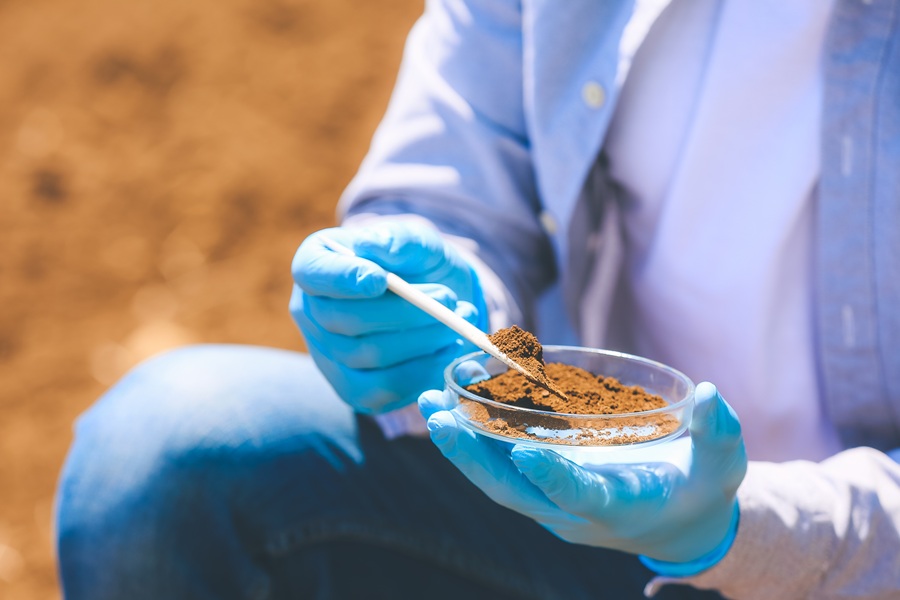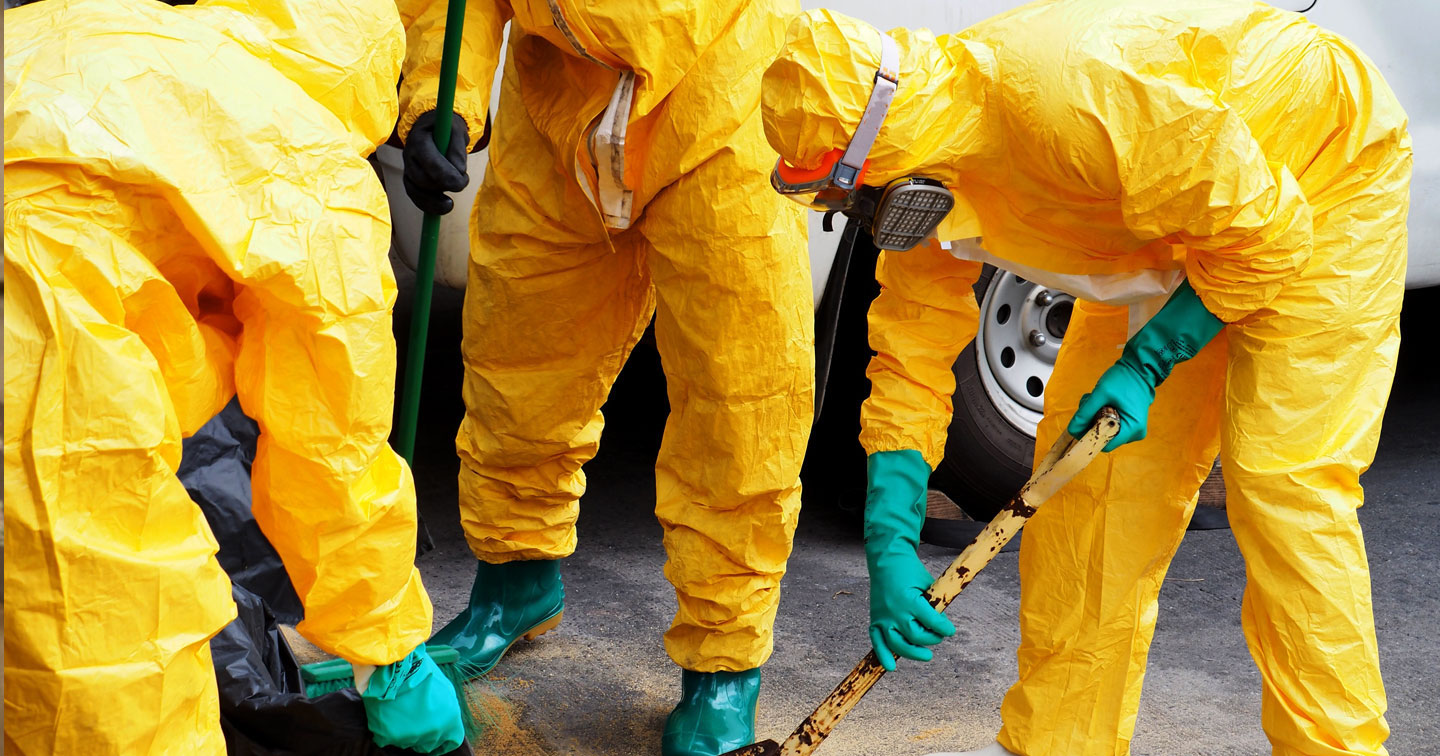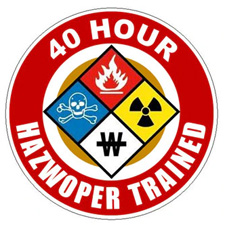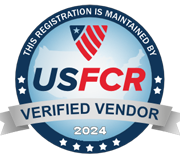
MALIBU, CA – In the midst of pollution cleanup efforts overseen by the U.S. Army Corps of Engineers in the wake of the Los Angeles County wildfires, scientists have criticized what some say are sub-par efforts on federal agency’s part, resulting in not only residual contaminants being left in the ground, but also the spread of contaminants to other, previously unaffected areas as well.
The wildfires took place over the course of approximately one month in January 2025, and was made up of two separate fires in Eaton Canyon in the San Gabriel Mountains (the “Eaton Fire”) and the Santa Monica Mountains of Los Angeles County (the “Palisades Fire”); combined, these maladies resulted in 29 deaths and nearly 16,000 structures being destroyed.
The aftermath was nearly as horrific, as the fire caused a variety of hazardous substances being left behind, including but not limited to arsenic, pesticides, copper from melted wiring, cadmium, benzo[a]pyrene, polycyclic aromatic hydrocarbons (PAHs), and most notably lead, with that particular pollutant now being scrutinized by the scientific community, who is demanding a revaluation of what are deemed to be “safe” soil contamination level standards.
The current standard for lead contamination in California is a maximum of 80 milligrams in each kilogram of soil; higher concentrations than that, and risks exist of children in affected areas developing neurological problems by various means of ingestion of the substance, such as inhaling, absorbing via the skin, or accidently eating it.
However, environmental health researchers at Harvard University, in a newly-released paper, are claiming that the current health standard for lead in California should be significantly lower; 55 milligrams per kilogram of soil is the limit they are arguing for, said Harvard T.H. Chan School of Public Health professor and co-author of the paper, Joseph Allen.
We’re getting asked these questions every single day, like every other scientist … ‘Is it safe for my kids?’” he said, claiming that the scientific methods used by California officials in determining safe lead soil levels are not sound. “I can’t look at somebody in the eye anymore, knowing what I know about these models, and tell them yes.”
But California’s Department of Toxic Substances Control rebuked Harvard’s claims, saying that their standards are stricter than any other state in the country; but other health researchers have backed Harvard’s claims, especially in light of the criticisms leveled at the U.S. Army Corps of Engineers’ cleanup efforts and the looming return of displaced LA residents to their potentially unsafe properties.
While scientists and state officials debate the matter, the question is obvious- how can California residents keep safe amid elevated lead levels in their environments left behind by the wildfires?
Free lead testing is available to LA County residents via the county’s Department of Public Health, as well as free lead blood testing. Residents are also encouraged to have the top layer of the soil on their property removed and replaced with fresh, contaminant-free soil; the budget- conscious can simply opt to skip the removal and add fresh soil on top of the contaminated soil to help block the harmful effects.
And finally, avoiding direct contact with contaminated soil is key, along with regularly washing hands, removing shoes upon entering the house, and purchasing air purifiers to remove contaminants from the air.










